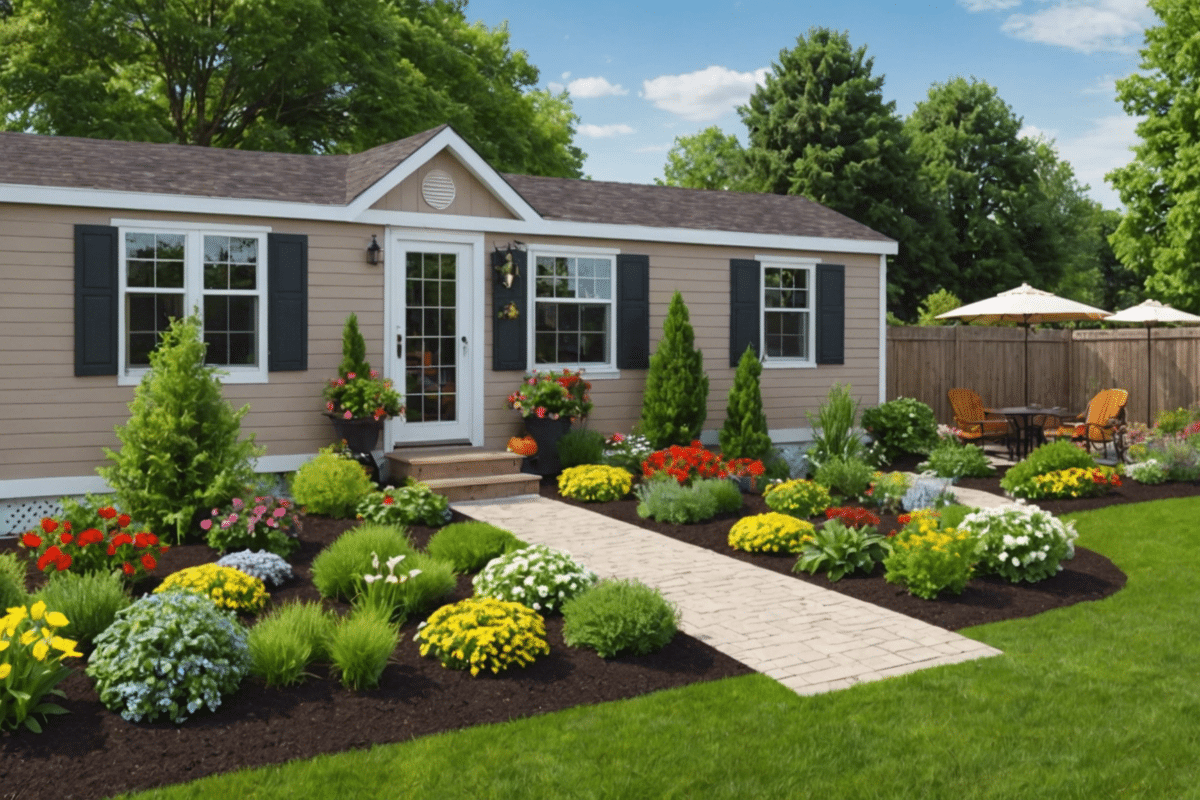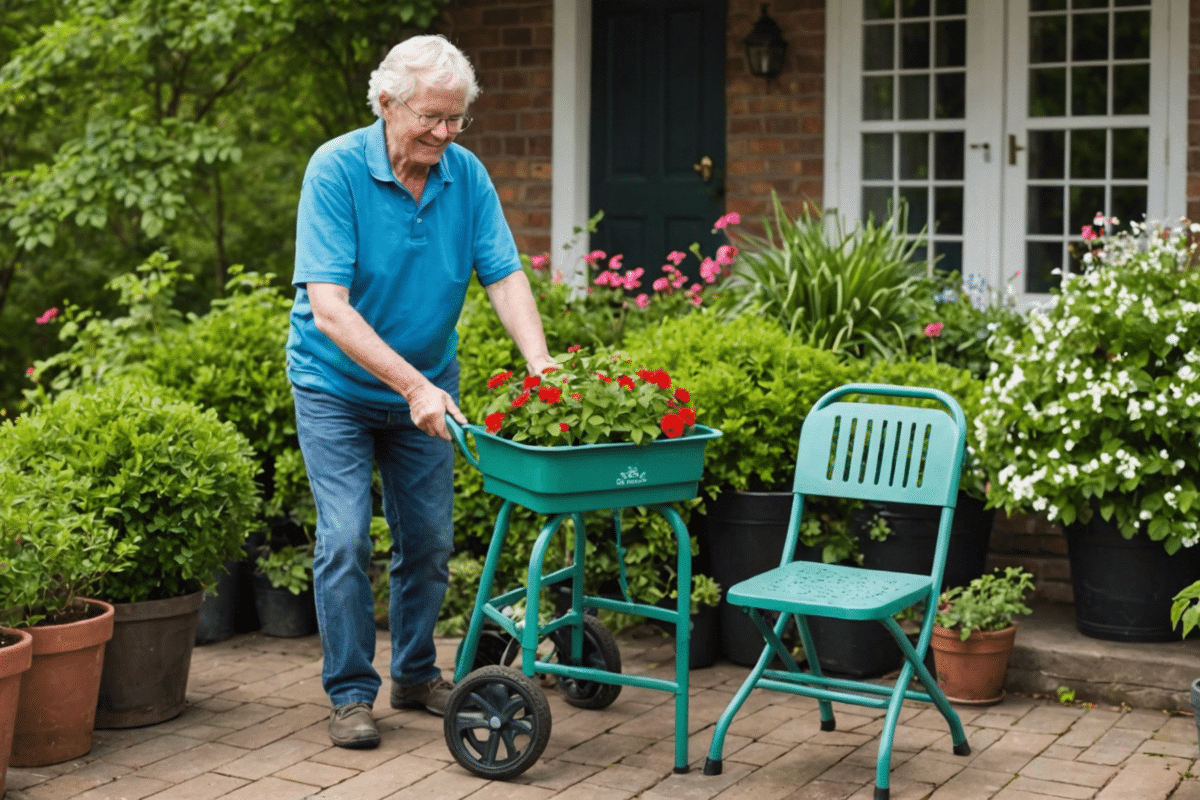Maple trees are a majestic staple in many landscapes, offering not only beauty but also a unique method of seed dispersal that ensures their proliferation. Understanding the intricacies of maple tree seeds, commonly known as samaras or “helicopter seeds,” reveals a fascinating aspect of nature’s ingenuity.
The Anatomy of Maple Tree Seeds

Maple tree seeds are distinct in their structure. Each seed is encased in a fruit that features a wing-like appendage. This design is not merely aesthetic; it plays a crucial role in the journey from tree to soil. The shape of the samara allows it to catch the wind, enabling it to glide away from its parent tree and find a suitable place to germinate.
Seed Dispersal: A Wind-Powered Voyage
The dispersal process begins when the samaras ripen and the tree releases them. The seeds’ descent is slowed by their wings, which cause them to spin as they fall, akin to the blades of a helicopter. This spinning action is not just for show; it increases the distance seeds can travel, sometimes landing them several meters away from their origin.
Seed dispersal is vital for reducing competition among seedlings and their parent plants. It also contributes to biodiversity and the health of ecosystems by spreading plant species across wider areas. The wind-driven journey of maple seeds is an excellent example of anemochory, or wind dispersal, which is essential for the propagation of various plant species.
The Seasonal Timing of Seed Release
Timing plays a pivotal role in the life cycle of maple trees. Typically, seed release occurs in spring or summer, depending on the species and environmental conditions. This timing ensures that seeds land on warm soil, ripe for germination, with ample time to establish themselves before the onset of winter.
Germination: The Next Steps After Landing
Once on the ground, maple seeds require specific conditions to germinate. They need sufficient sunlight, moisture, and a period of dormancy during winter—known as stratification—to break down germination inhibitors. Not all seeds will find ideal conditions; however, those that do will sprout into seedlings and begin their growth into mature maple trees.
Human Influence on Maple Seed Dispersal
While nature has its methods for spreading maple seeds, humans have also played a part in extending their reach. Through activities such as planting ornamental maples in urban areas or transporting seeds for cultivation, we have facilitated the spread of these trees beyond their natural range.
This human-assisted distribution has both positive and negative impacts. On one hand, it promotes green spaces in urban environments; on the other hand, it can lead to non-native species invading ecosystems and potentially disrupting local flora and fauna.
Maximizing Maple Seed Growth
Gardeners interested in growing their own maple trees can take specific steps to mimic natural processes and encourage successful germination:
- Stratification: Simulate winter conditions by refrigerating seeds for 1-3 months before planting.
- Sowing: Plant seeds no more than half an inch deep in well-draining soil.
- Spacing: Allow ample space between seeds to reduce competition for resources.
- Maintenance: Keep soil moist but not waterlogged and provide protection from strong winds or animal interference.
By understanding how maple tree seeds spread naturally, gardeners can create optimal conditions for these trees to thrive within their personal landscapes.
Frequently Asked Questions About Maple Tree Seeds
Q: How long does it take for a maple seed to germinate?
A: Germination typically occurs within a few weeks after planting if conditions are right; however, some seeds may take longer depending on environmental factors.
Q: Can I plant maple tree seeds at any time of year?
A: For best results, plant in early spring after stratifying seeds through winter months.
Q: Do all maple trees produce helicopter seeds?
A: Most maple species produce samaras with varying wing shapes and sizes; however, there are exceptions within the genus Acer that do not follow this pattern.
The journey of maple tree seeds from parent plant to new growth location is an elegant example of nature’s design. Their unique structure allows them to harness the wind’s power for dispersal—a critical step in ensuring species survival and ecosystem diversity. By appreciating these mechanisms and assisting where appropriate, we can support these magnificent trees’ continued presence in our environment.












